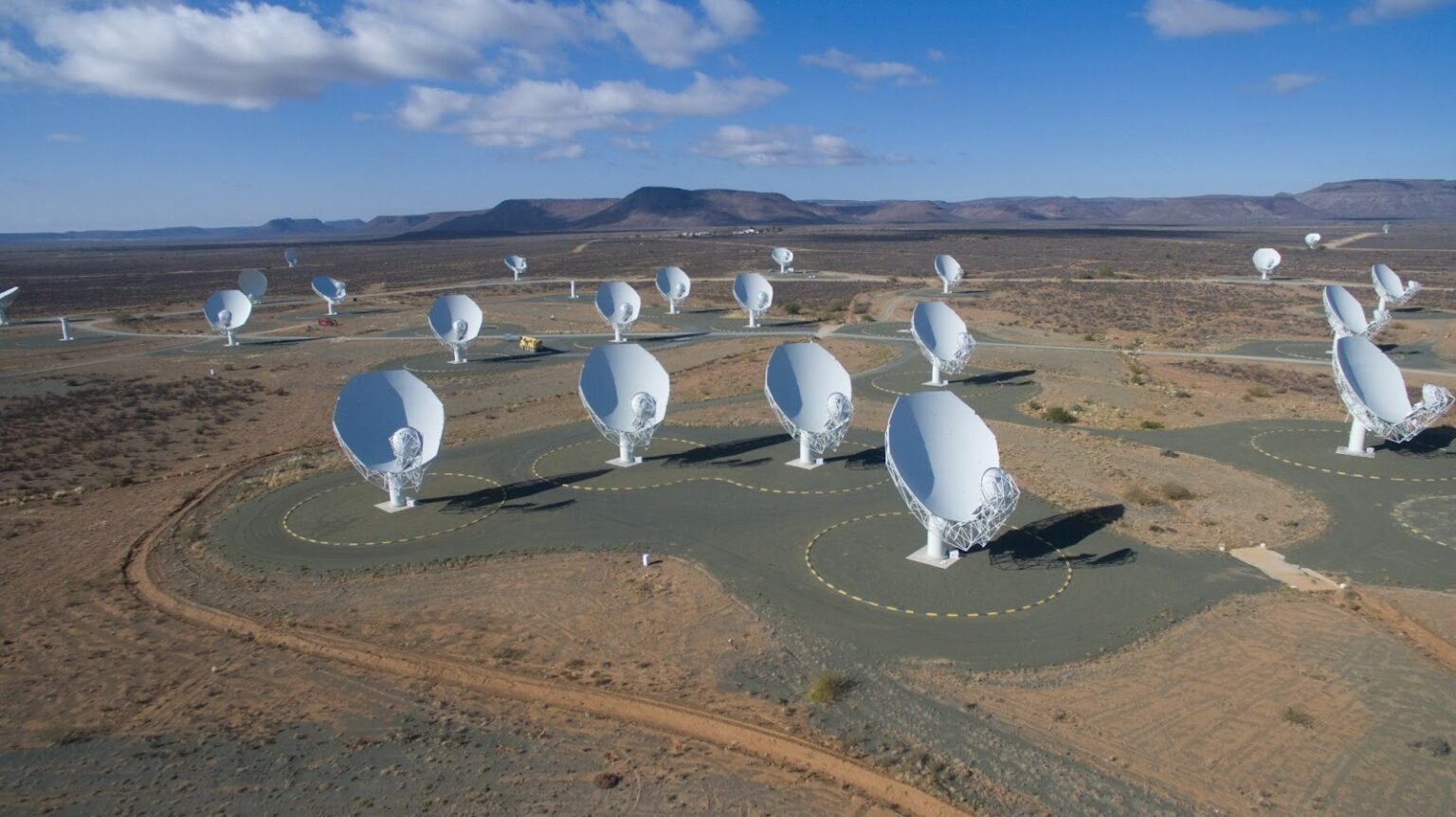With the help of the South African radio telescope MeerKAT, scientists could discover 49 new galaxies rich in gas. Some of them form gravitationally bound groups. At the same time, all of them were discovered in just 3 hours of observations.

49 new galaxies
Recently, an article about the discovery of 49 new galaxies appeared in the journal Monthly Notices of the Royal Astronomical Society. Its authors were scientists from different countries who work with the MeerKAT radio telescope. It is located in South Africa and is known for the fact that many amazing discoveries have already been made with its help.
The most interesting thing about the new discovery is that it took less than 3 hours of observations to discover these 49 new galaxies. At the same time, it was made almost by accident. A team of scientists from the International Center for Radio Astronomy Research (ICRAR) in Western Australia first solved a completely different task — they studied gas in a distant star system.
In the course of research carried out with the support of the Inter-University Institute for Data Intensive Astronomy, it turned out that there was practically no gas in this galaxy at all.
Valuable discovery
The New Galaxies have been given the unofficial nickname 49ers, which is a reference to the California gold rush of 1849. According to scientists, discovered galaxies are as valuable as gold nuggets. The reason for this is that they are rich in gas, and it is quite convenient to study its evolution using them.
Moreover, some of the new 49 galaxies are located close to each other and experience mutual gravitational effects. And three of them even form a close group in which gas flows from one star system to another.
They turned out to be the most interesting. By studying them at different wavelengths, scientists have found out that the central system is experiencing an outbreak of star formation. Apparently, it “steals” gas from the other two.
According to phys.org
Follow us on Twitter to get the most interesting space news in time
https://twitter.com/ust_magazine


